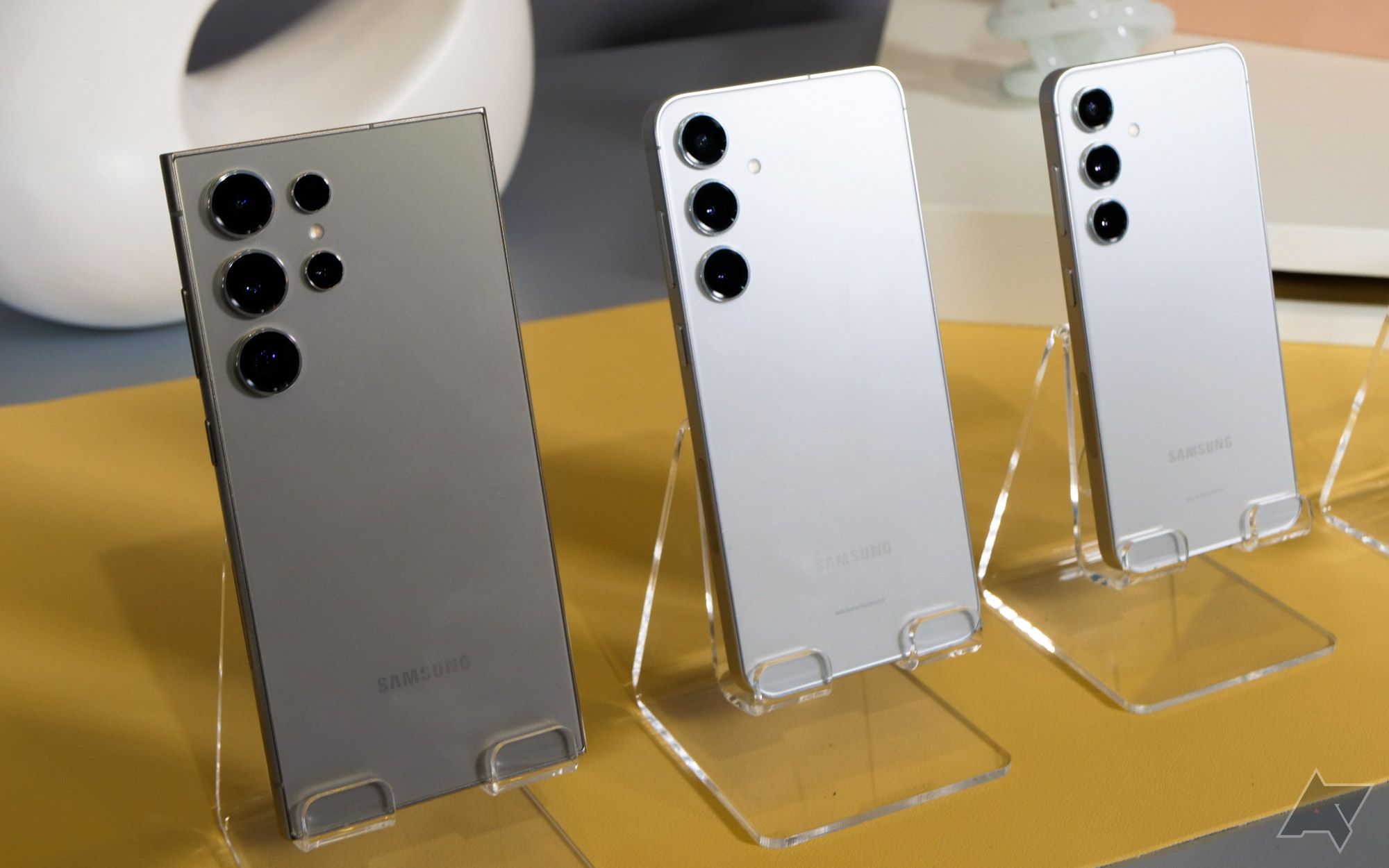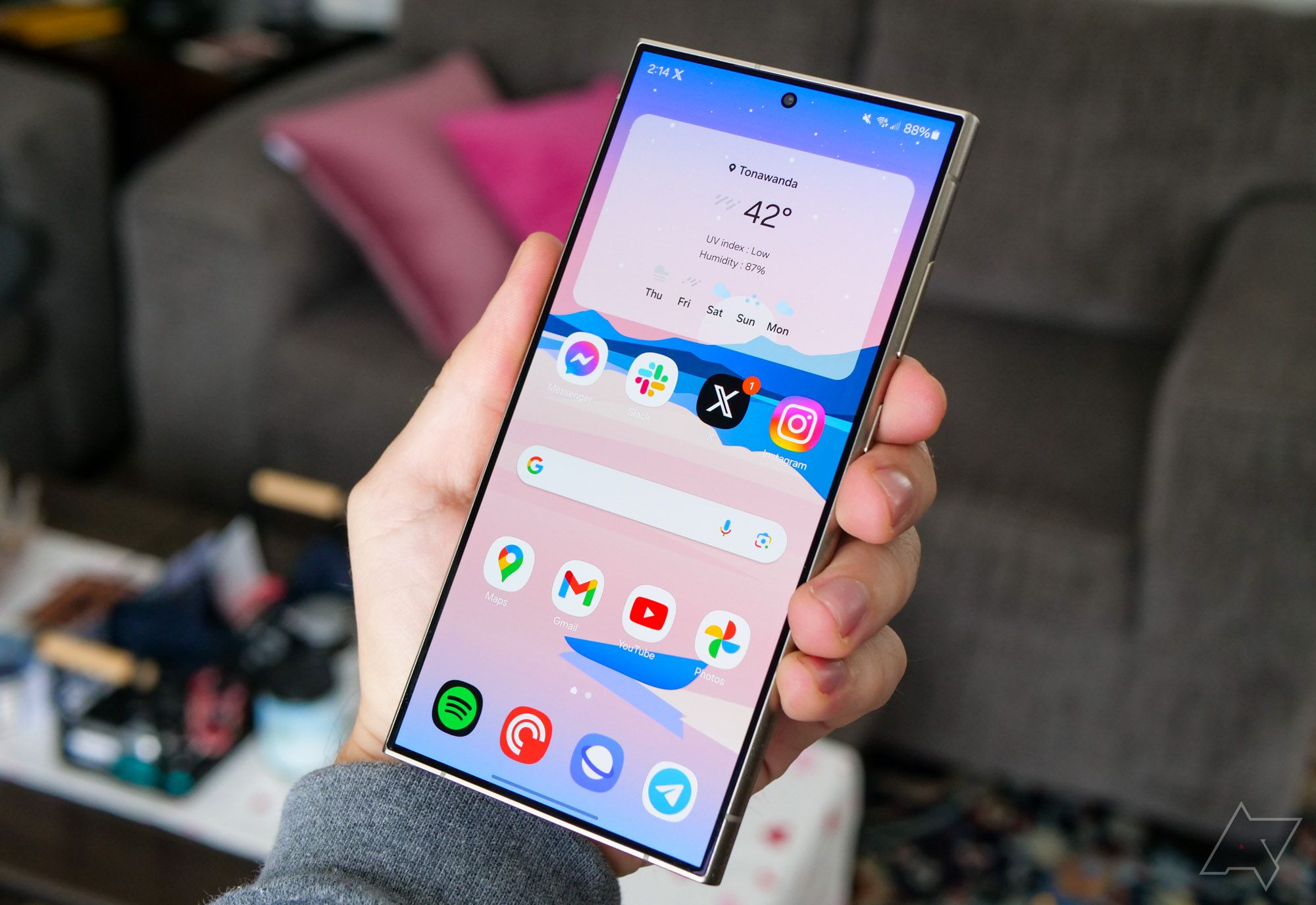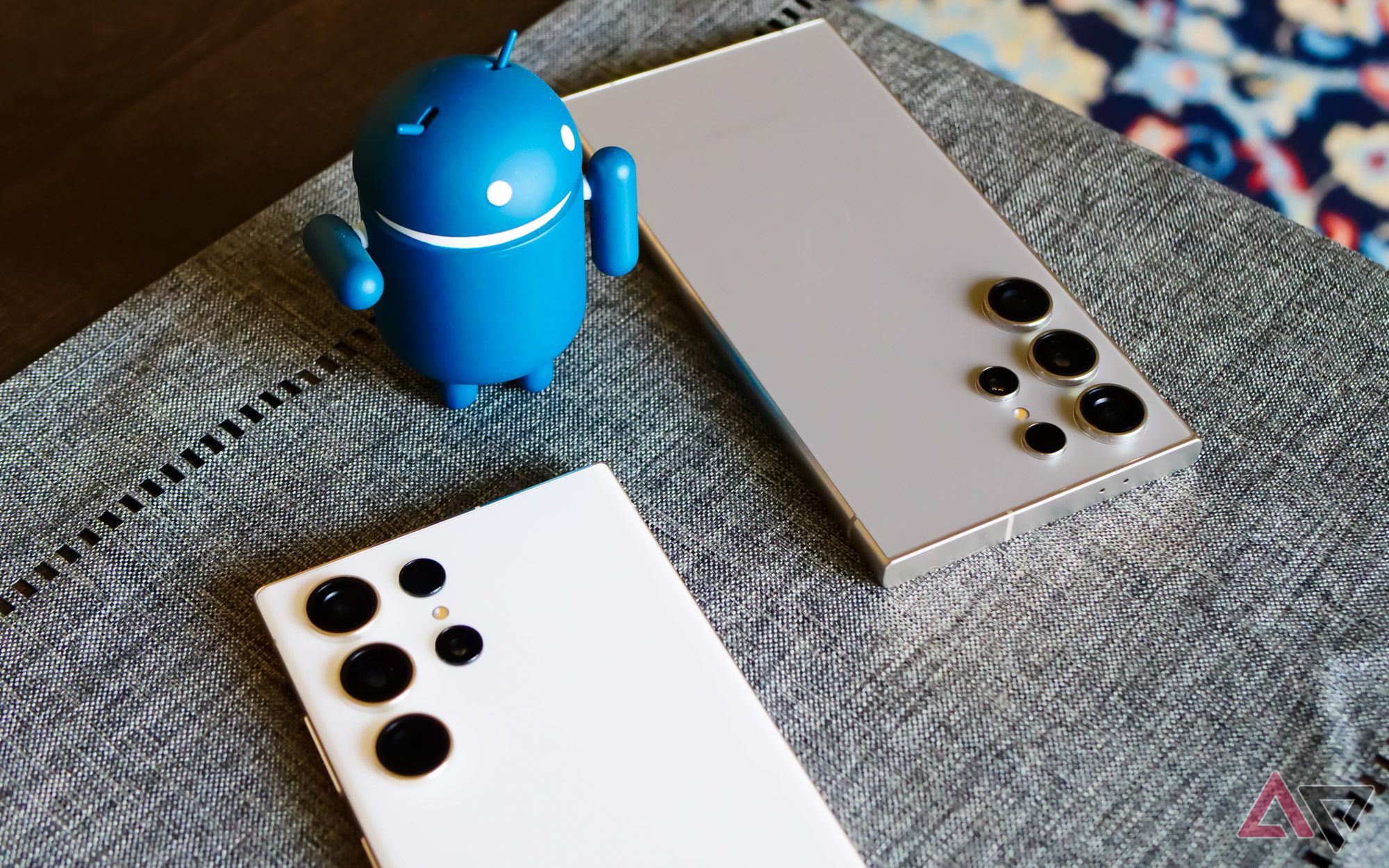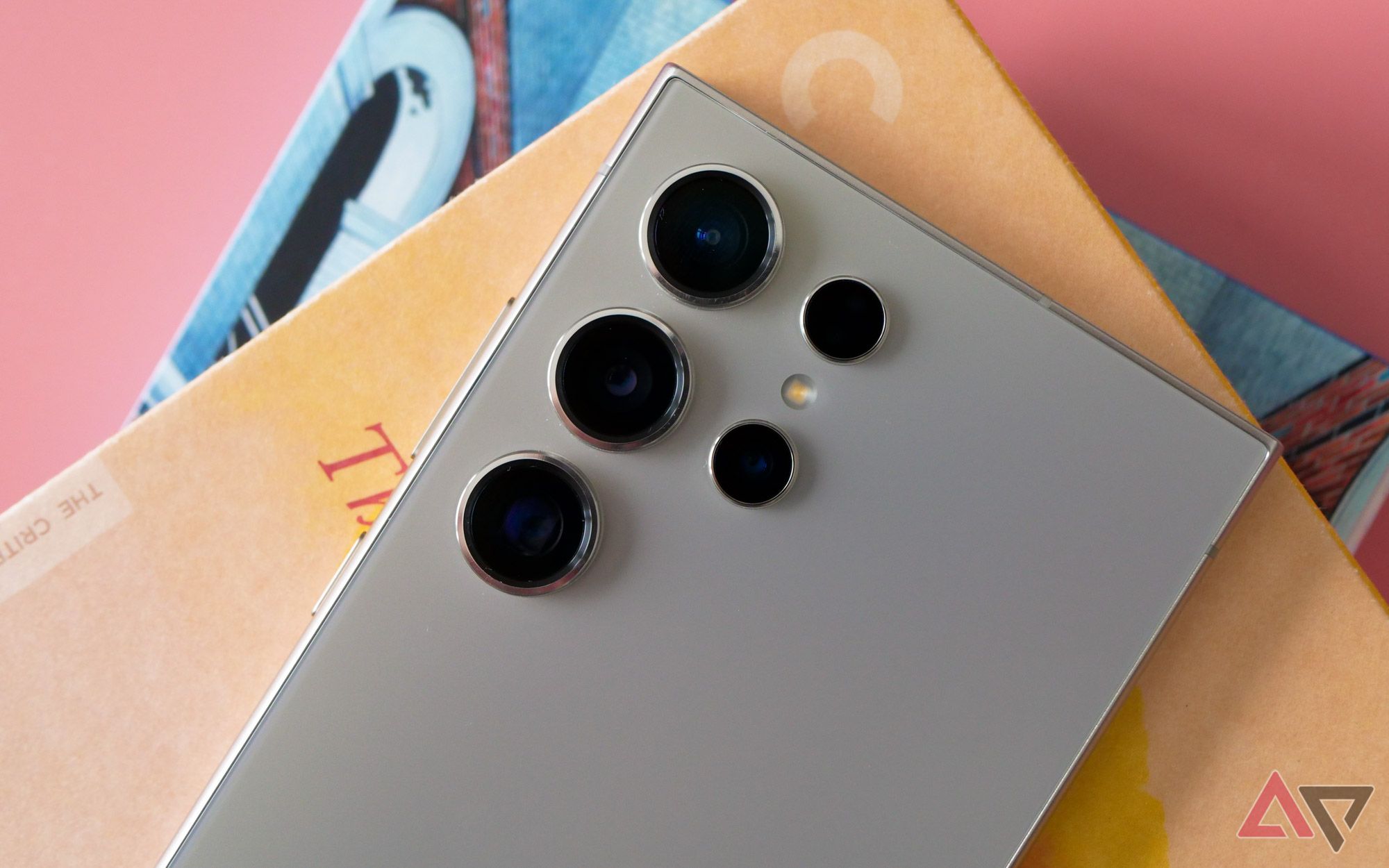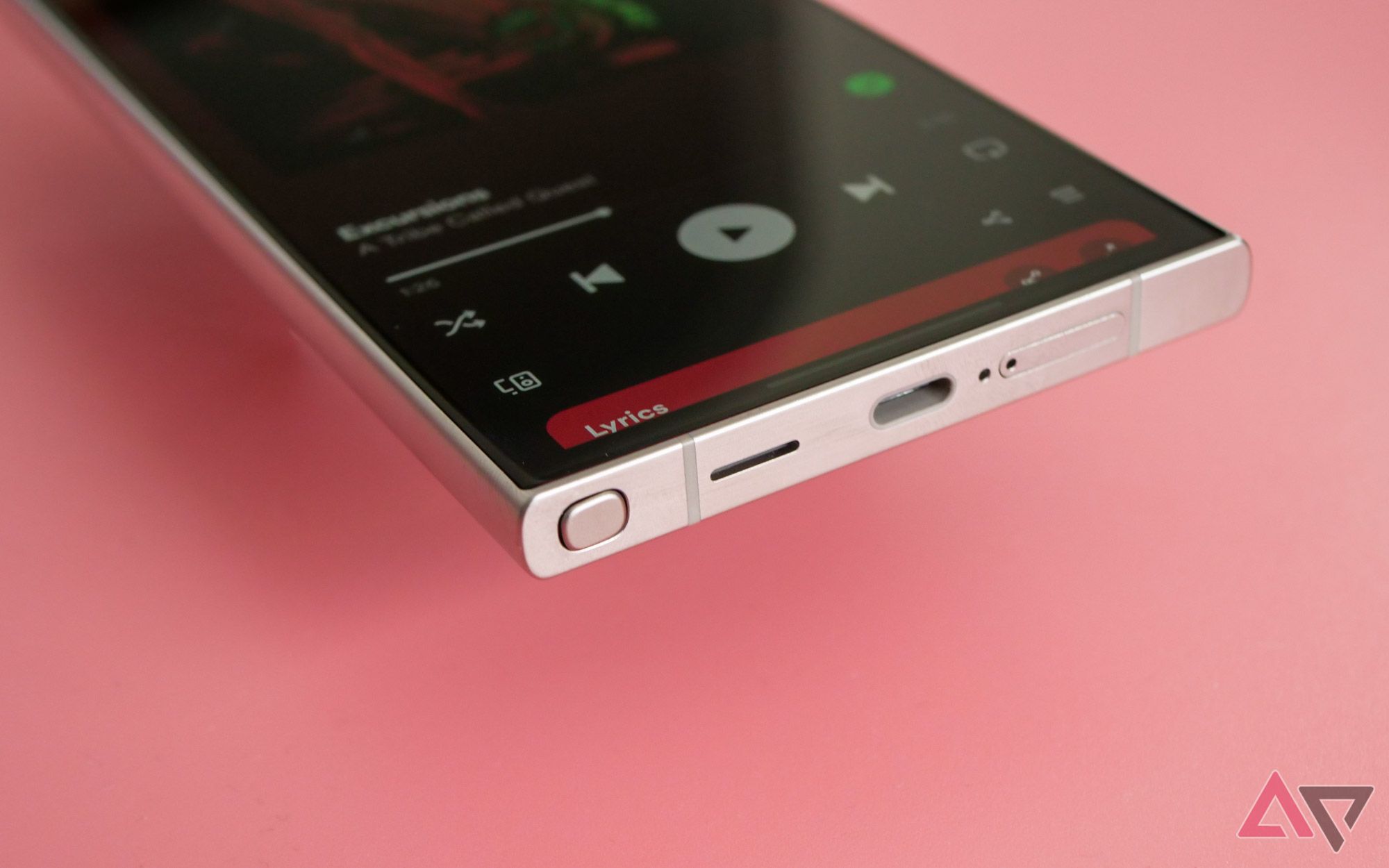The Samsung Galaxy S24 series makes for some of the best Android phones you can buy today, offering all the premium flagship features a user might want. They’re powerful, efficient, take beautiful photos, and can last more than a day on a single charge without breaking a sweat. However, they’re not perfect by any means. Samsung made several questionable decisions and stuck to its guns for the S24 series.
Samsung could do many things to improve its next-generation Galaxy S25 lineup, and I’ve gathered five of the most requested features and changes I’d love to see arrive in 2025.
1 A refreshed design for 2025
Come on Samsung, give us something
The design of the Galaxy S series of devices has mostly remained the same since 2022, when the Galaxy S22 series was first introduced — and some could argue even longer, with the S21 series not being that much different at all. Sure enough, Samsung has made several minor enhancements to the ergonomics, and it even added a Titanium frame to the Galaxy S24 Ultra’s body. Still, generally speaking, the overall aesthetic of the three flagships has remained the same.
While creating something new in smartphones is extremely difficult at this point, it’d be great to see some bigger enhancements that show that a device is unique compared to the previous generation. The current design looks simple and minimalist, but it’s also grown a bit tiresome, given that we’ve seen the same exact design for several years in a row.
2 Anti-glare screen coating on all three flagships
Samsung’s best quality-of-life improvement in years
If you’ve seen the anti-glare coating on the Galaxy S24 Ultra, you already know how incredible it was to use the device outside, even in direct sunlight. The fact that a display has shown such small reflections is a game changer for anyone using their devices in brightly lit environments, such as outside, in offices with plenty of natural light, and just about anywhere.
I didn’t know I needed the anti-glare screen coating until I tried it, and I’d love to see it come to the standard Galaxy S25 and the larger Galaxy S25+. Other manufacturers should take note of Samsung’s advantage here as well and introduce it on their next-generation devices — it’s a massive leap in display quality.
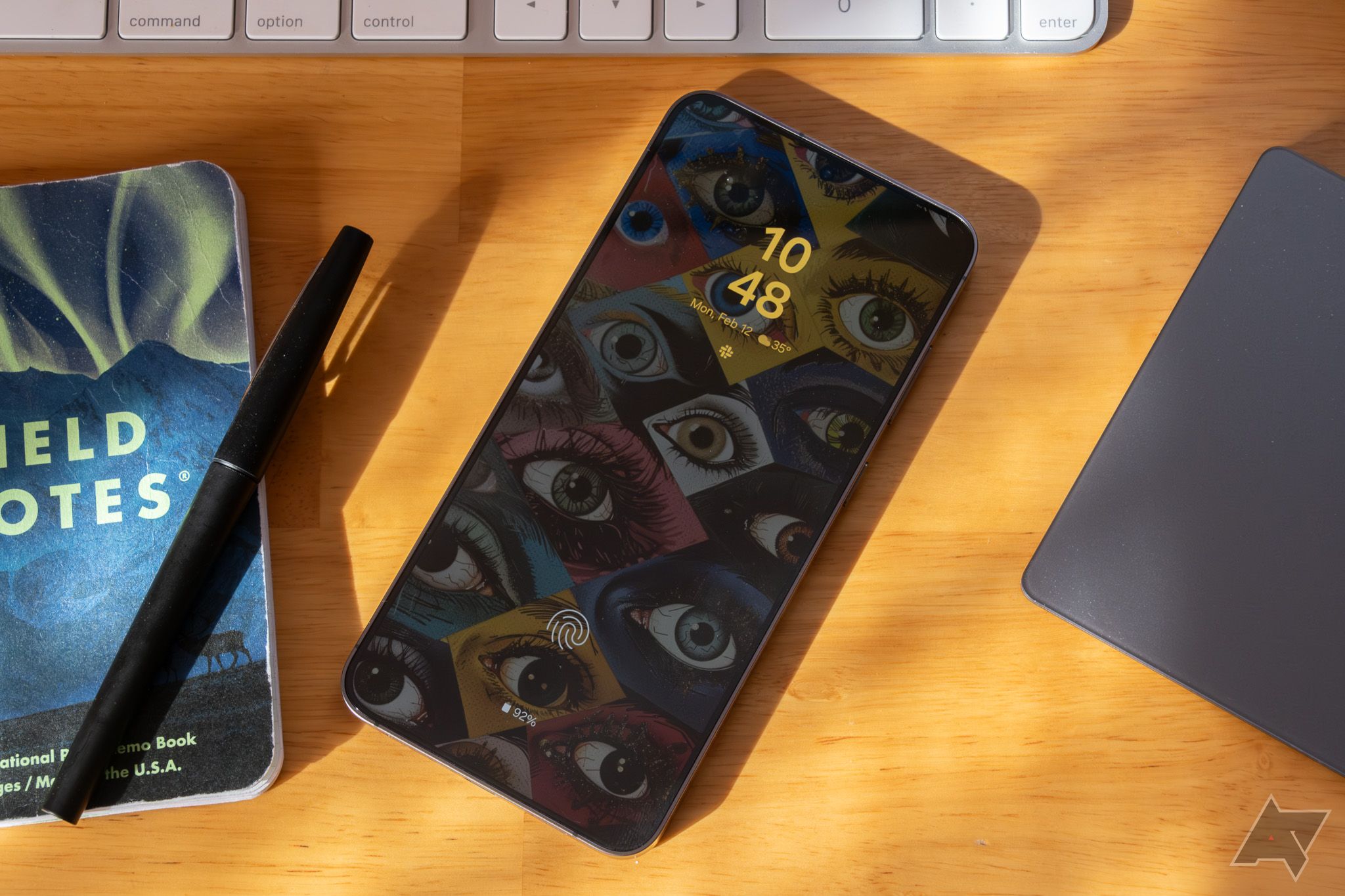
Samsung brings one of the Galaxy S24 Ultra’s best bits to smaller models with this accessory
While expensive, the official Galaxy S24 screen protector has a key advantage over third-party offerings
For now, if you want to use the same anti-reflective effect on your standard Galaxy S24 and Galaxy S24+, you’ll have to shell out $30 for a two-pack and choose an official plastic screen protector.
3 The same chipset across regions
Preferably Snapdragon, if we had to pick
The age-old question: Am I getting the Samsung-made Exynos chipset or the more capable Snapdragon chip? Most people, myself included, who aren’t fortunate enough to live in select regions (read: the US) that always receive the Snapdragon model, ask this question year-in and year-out.
Samsung has poured billions into its into manufacturing process and R&D, and it makes sense for the company to continue pursuing its own chip. Reports this year even have the Exynos model not too far behind the Qualcomm variant, a far cry from the days of the Galaxy S22.
However, Qualcomm is still ahead of the curve, and it makes more efficient and better performing SoCs. While it might cost more for Samsung to equip its devices, it benefits users with a better-performing device. I’d like to see the company continue including them across all three flagships, as it did with the Galaxy S23 lineup.
4 Any kind of camera improvements
Samsung’s been stuck in the same gear for too long
Samsung makes some of the best Android smartphones and some of the best camera smartphones in the mobile industry. While the company has made several welcome enhancements to the Galaxy S24 series, there were a few questionable hardware choices.
Samsung largely used the same sensors in the Galaxy S24 series as it did in the Galaxy S23 devices. While that isn’t necessarily a bad thing, we have seen that the Korean giant has yet to fix the issue with the shutter speed and when subjects are in motion. Images are sometimes blurry, even in daylight, a bad look for devices that ask for a premium price, especially when the competition doesn’t have this same problem at slow speeds.
We would also like to see a return of the 10x telephoto sensor on the Galaxy S25 Ultra. The current 5x telephoto works and is more than capable. Still, the 10x optical zoom made the Ultra stand out among the competition, offering a feature that wasn’t available on many other devices. Luckily, the quality of the telephoto has remained the same, and Samsung’s algorithm and post-processing magic still capture excellent, detailed photos with great dynamic range and plenty of sharpness and contrast.
And while we’re asking for new sensors, why not finally equip the Galaxy S25 Ultra with a 1-inch sensor for a closer head-to-head with the likes of Xiaomi? Come on Samsung — show Google how it’s done.
5 Faster charging to take on the competition
45W just isn’t cutting it
When it comes to charging, Samsung’s Galaxy S-series of devices are simply not competitive enough. Brands like OnePlus, OPPO, and even Motorola have offered 68W or faster wired charging speeds that let you top up smartphones in less than an hour. While Samsung has improved the charging curve, and 30 minutes gets you as much as 65% of charge, it’s still behind the competition.
Other manufacturers have already proven that their fast-charging solutions don’t destroy batteries. Xiaomi, for one, has already demonstrated that its 120W wired charging solution can retain 80% of its battery capacity after 800 charging cycles, equivalent to roughly two years of normal use. That’s pretty standard among today’s smartphones, and Samsung boasts a similar number for its battery technology that relies on much slower speeds.
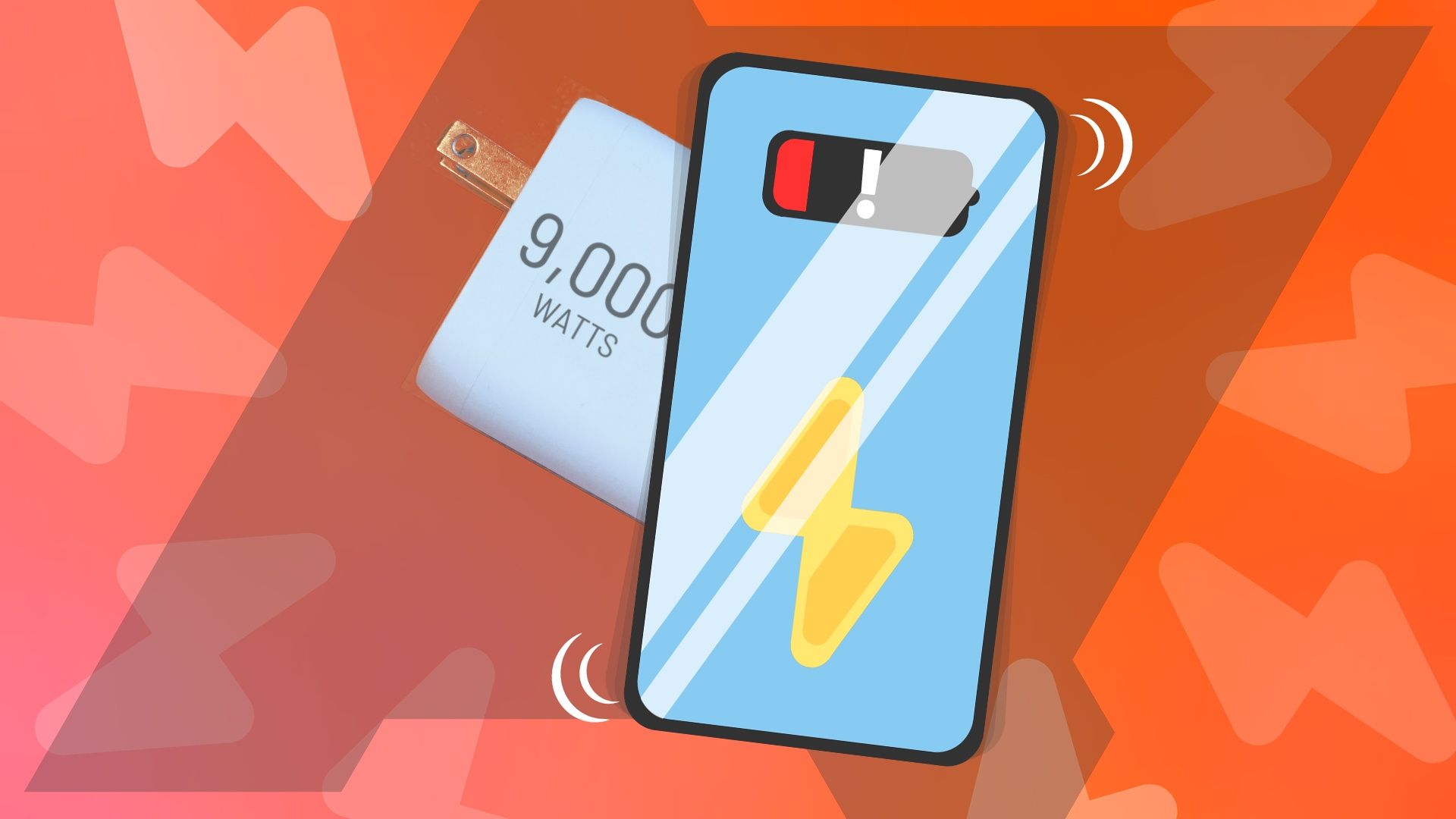
Faster charging is the only thing I want from 2024 flagship phones
Can we please get over those dog slow 25W chargers already?
There’s no reason for Samsung not to improve in this field other than saving costs. It’s time we asked for something more and better. Speaking of which, I’d love to see the new Qi2 wireless charging standard included in the next-generation flagships. While they might not offer ultra-fast wireless charging speeds, they’ll make wireless charging, you guessed it, far more convenient, which has always been the point of the charging solution.
It’s Samsung’s world, and we’re all just living in it
Samsung has proven that it doesn’t need to make big generational leaps to maintain its status as the unbeatable giant in the world of Android, but that hasn’t stopped us for hoping for some changes anyway. For true exciting smartphones, we might need to stick to the Galaxy Z Fold series — though that too has its own problems with stagnation.




